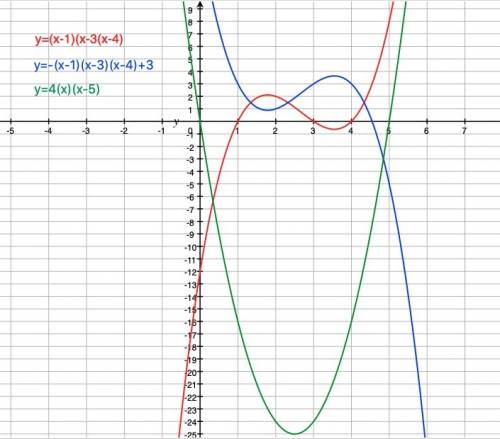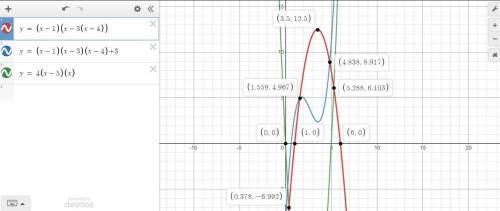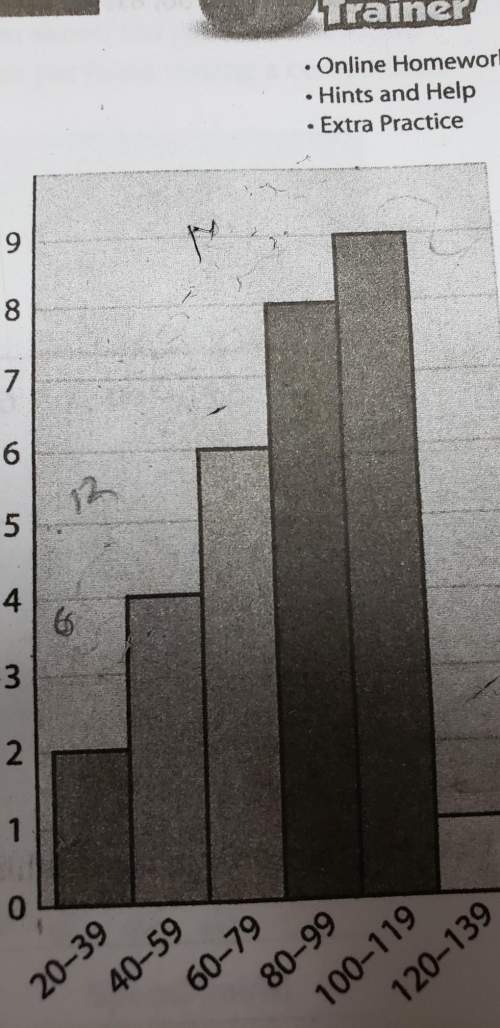
Mathematics, 27.06.2019 00:00 sweaversw9602
Take a look at teen 1's initial polynomials for three layers of hills. teen 1 has described what he thinks each modification to the initial polynomial will do. sketch each curve (in a different color, preferably). (you will be asked to find and repair mistakes in the next section.) (6 points: 2 points for each curve) hill 1: my first layer needs three peaks. i chose three points on the x-axis (the three zeros), and then i wrote each as a binomial to create the first polynomial. f(x) = (x – 1)(x – 3)(x – 4) hill 2: my second layer should be a useful transformation of the first. using the first polynomial as the base, i multiplied it by to flip it and make the hills steeper. then, i added 3 to shift it to the right. f(x) =– (x – 1)(x – 3)(x – 4) + 3 hill 3: this hill should be a shallow parabola that will rise up in the foreground of my picture. f(x) = 4(x–)(x – 5)

Answers: 1


Another question on Mathematics


Mathematics, 21.06.2019 20:30
When you have 25 numbers, and jake picks 3 random numbers and puts them back, what is the chance bob has of picking those 3 numbers when he picks 6 random numbers (without putting them back)? explain.
Answers: 1

Mathematics, 21.06.2019 22:30
Which expressions equal 9 when x=4 and y=1/3 a. x2+6y b. 2x + 3y c. y2-21x d. 5 (x/2) -3y e. 3x-9y
Answers: 2

You know the right answer?
Take a look at teen 1's initial polynomials for three layers of hills. teen 1 has described what he...
Questions

























